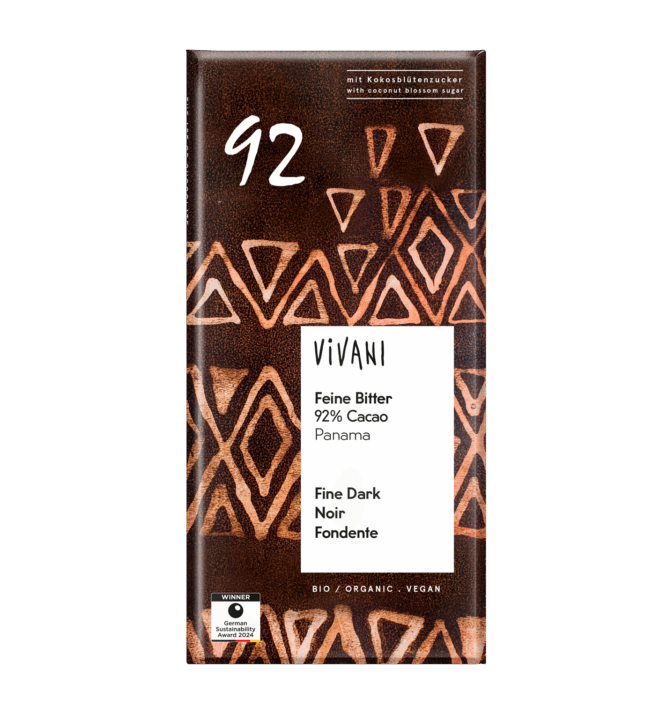How is
coconut blossom sugar
produced?
About the creation of a tropical rarity
Text:
Katharina Kuhlmann
Photography:
istock, RoniMeshulamAbramovitz
19 July 2018
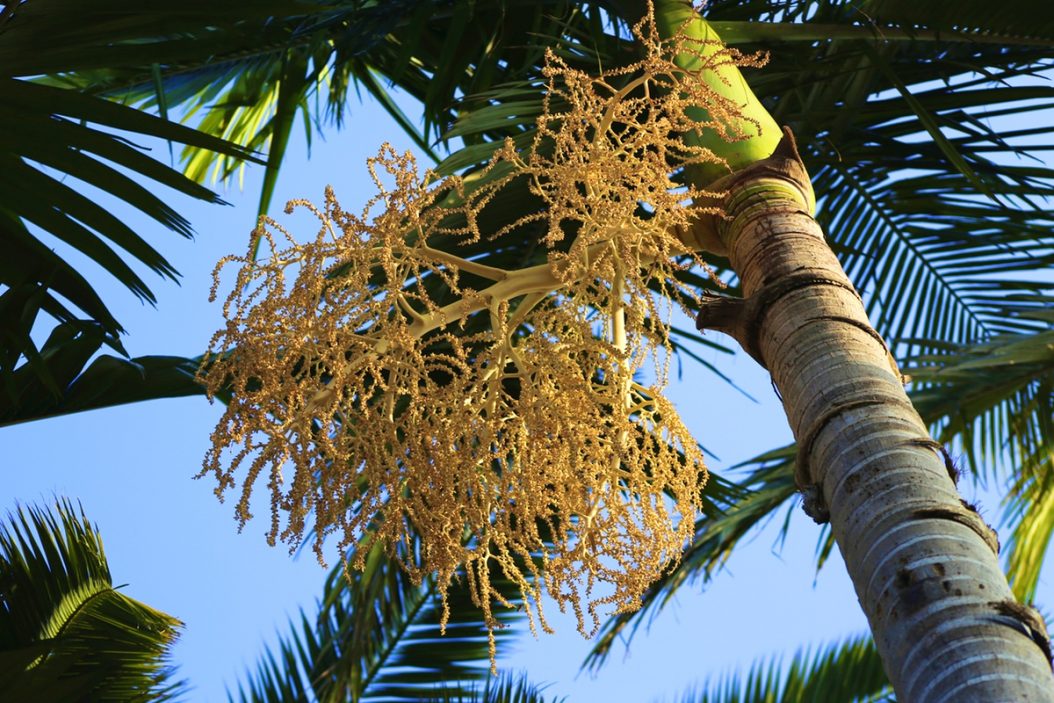
A product that delights us as was a topic in the VIVANI magazine… This ingredient is the icing on the cake of the VIVANI origin series „Panama“. This sugar variety is healthier than others because it holds many important ingredients and has a low glycaemic index. Do you know what we are talking about? Yes, coconut blossom sugar! This rarity made out of the blooms of the coconut palm is a valuable addition to the family of sweeteners and deserves being looked at more closely. We’re mostly interested in how this special sugar is produced and how sustainability is achieved.
Coconut blossom sugar is only one type of so-called palm sugars. Palm sugar can be extracted from many palm types like the date palm or the sugar palm. These are cultivated crops worldwide. Like the name implies coconut blossom sugar is extracted only from the coconut palm. To make sure not to support rain forest clearing and other problems connected to the conventional cultivation of palm trees you should choose sustainably produced coconut blossom sugar which is usually produced in Southeast Asia (Thailand, the Philippines, Indonesia) or South India. The traditional cultivation in mixed crops consist of coconut palms, banana plants, papaya trees and many more useful plants to prevent the soil from leaching out and offer a home for the natural wildlife. With these mixed crops small farmers can harvest different amounts of yields throughout the year without using pesticides or artificial fertilisers. The flower nectar of the coconut palm can be gathered from the same tree over decades.
Coconut flower nectar is extracted from the flower heads of the coconut palm before they turn into a fruit. The flower heads are bound separately and notched on a daily basis. The coconut blossom nectar leaks from the cut and can be gathered in a container by the farmer, who has to climb up the tree. He has to be careful and competent to make sure the tree isn’t injured. Using a sharp sickle, he cuts off a thin layer of the flower head twice a day and only takes a small amount of the nectar, about one litre per day and tree. It becomes apparent why coconut blossom sugar or syrup is such an expensive and exclusive product.
Turning nectar into coconut blossom sugar
As soon as the coconut blossom nectar is gathered speed is the essence: the sensitive product ferments quickly and can unintentionally turn into coconut wine or coconut vinegar. Larger providers of organic coconut products like Dr Georg have their own on-site processing place. Small farmers in inaccessible areas process the nectar directly at home. Both manners of processing are pretty simple and are performed in the same way. The nectar is purified using a sieve and is then boiled down on an open flame in a large pan at a temperature of 60 to 70°C while being stirred constantly. This process can take several hours. The first product arising from this is coconut blossom syrup. In larger companies the optimal sugar content is determined using a refractometer, small farmers usually build on their experience. To make coconut blossom sugar the heating process is continued. The heat is reduced subsequently and under constant stirring the sugar crystallisation begins. The finished product has to be sieved. Another production method consists of putting the sugar into moulds to cool them down, which results in a single block of sugar. This has to be ground or grated.
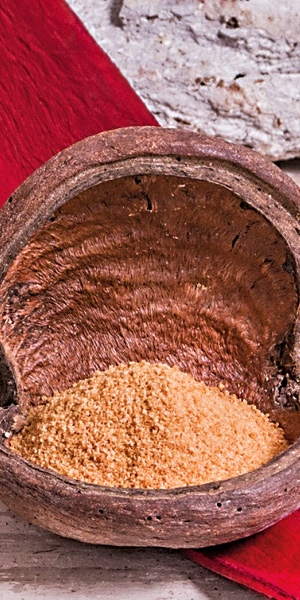
Product info: What characteristics does coconut blossom sugar have?
One of the most important properties of coconut blossom sugar immediately draws attention while looking at the production process: Palm sugar is unrefined. The slow heating process preserves many important vitamins and minerals like iron, zinc and magnesium. It also includes natural antioxidants that can counteract free radicals. But that’s not all: in chemical terms coconut blossom sugar is a classic sugar and contains of sucrose with a bit of fructose and glucose.
Now we know what’s inside coconut blossom sugar, but how does it taste? It’s not as sweet as other sugar types. Instead of the unpleasant flavour some other sugars like stevia have coconut blossom sugar tastes a bit like caramel, sometimes even a touch of vanilla can be present. The makes this sugar perfect for creations like desserts or cocktails. The only downer: Due to its high price (about 3 times more expensive than usual organic raw cane sugar) its more suitable for special occasions or highlights instead of the everyday use. The exquisite caramel taste harmonies perfectly with chocolate, like our VIVANI origin series “Panama” shows, which includes the four chocolate bars “Dark Milk 50 % Cocoa”, “Fine Dark 75 % Cocoa“, „Fine Dark 92 % Cocoa“ und „Fine Dark 99 % Cocoa“.
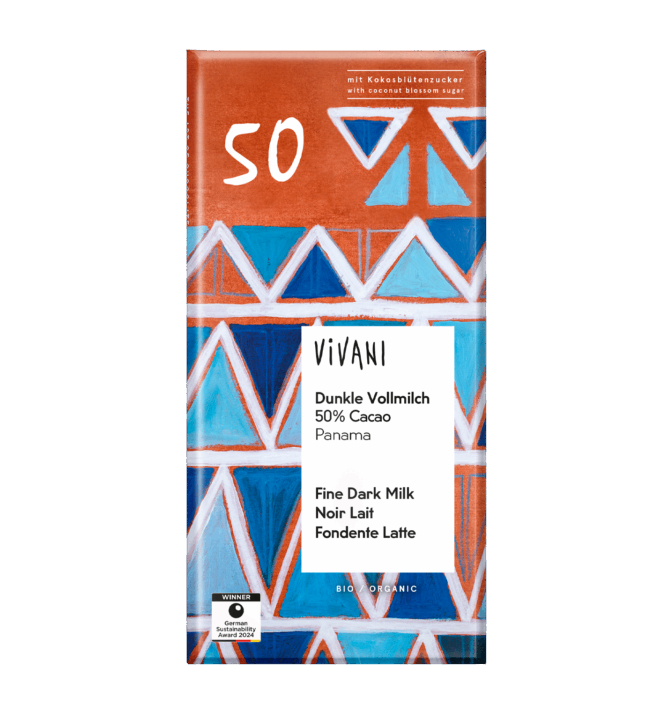
Fine Dark Milk
50% Cocoa
Panama Cocoa | with coconut blossom sugar
Fine Dark 75 % Cocoa
Panama Cocoa | vegan | with coconut blossom sugar
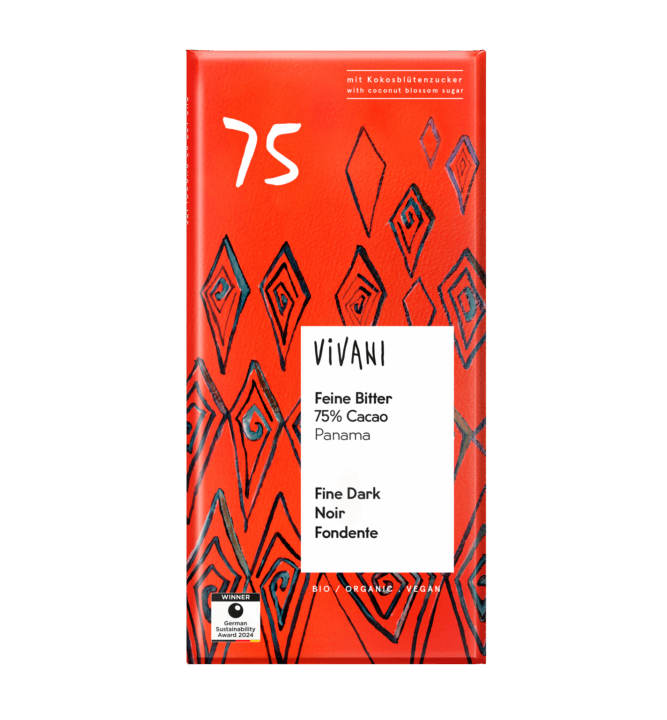
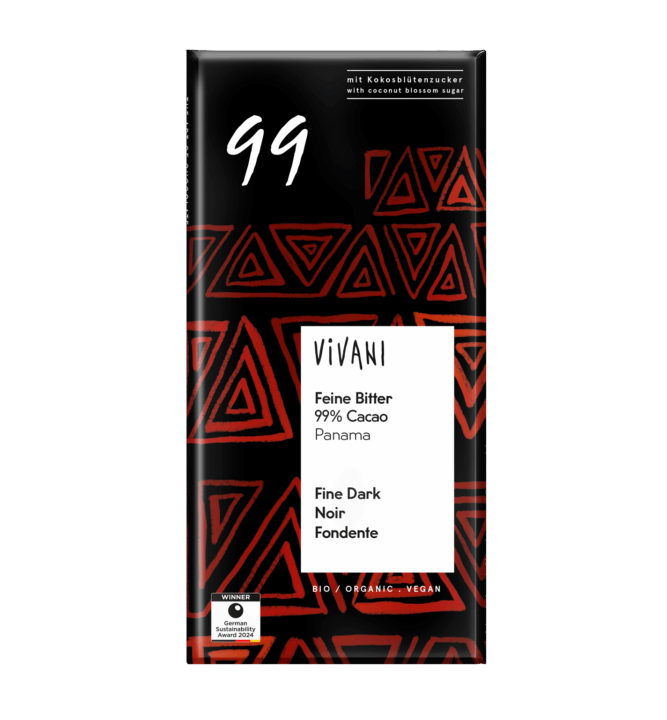
Fine Dark 99 % Cocoa
Panama Cocoa | vegan | with coconut blossom sugar
Fine Dark 92 % Cocoa
Panama Cocoa | vegan | with coconut blossom sugar
